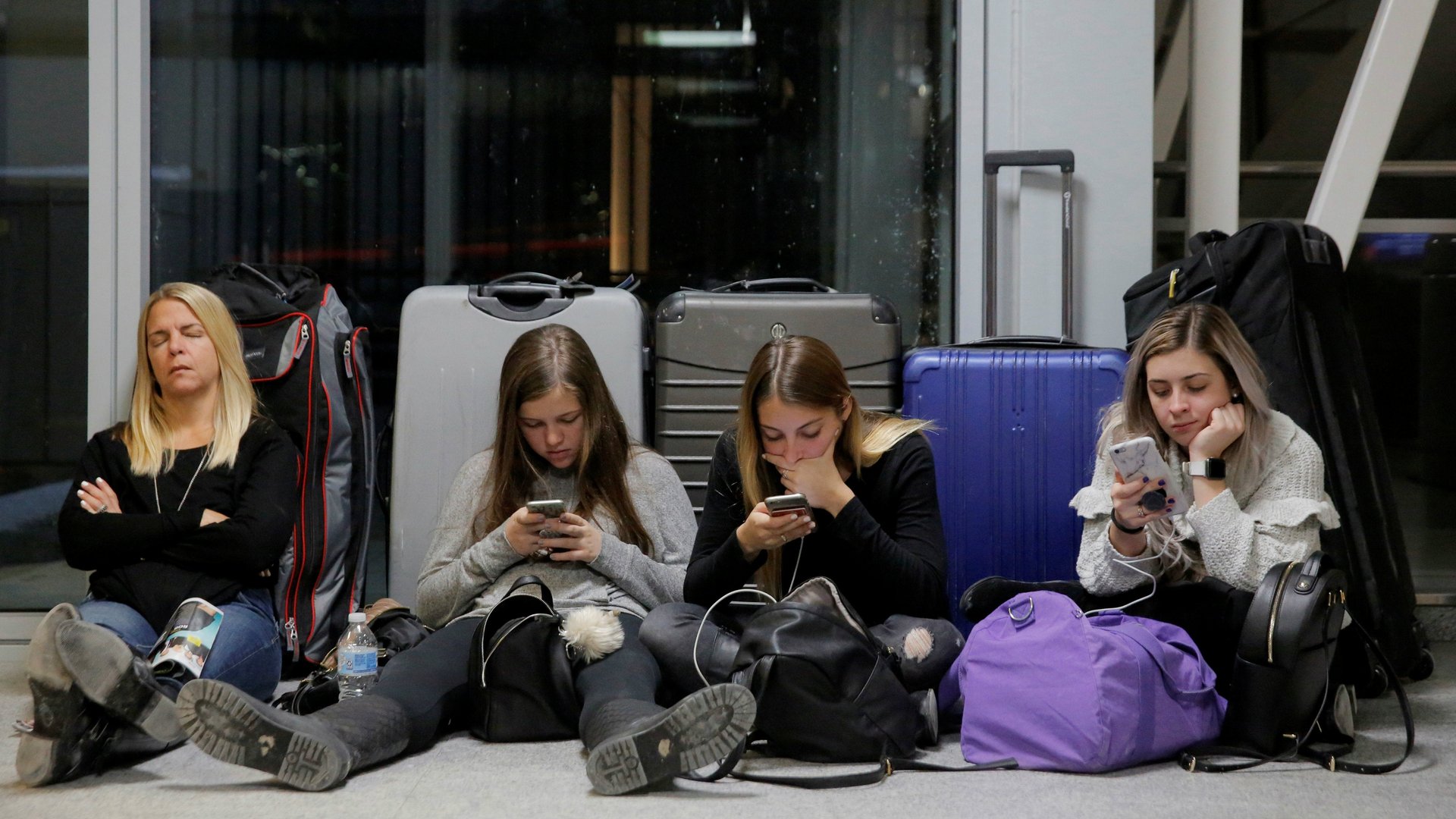Norwegian may have the cheapest transatlantic fares—but it also has the most complaints
If you’re looking for a cheap transatlantic air ticket, you probably know by now that your best bet for a rock-bottom fare is Norwegian Air. Indeed, their disruptive business model—offering no-frills fares on hyper-efficient aircraft—has reshaped the travel industry and resulted in sustained passenger growth that’s nothing to balk at.


If you’re looking for a cheap transatlantic air ticket, you probably know by now that your best bet for a rock-bottom fare is Norwegian Air. Indeed, their disruptive business model—offering no-frills fares on hyper-efficient aircraft—has reshaped the travel industry and resulted in sustained passenger growth that’s nothing to balk at.
But just because something is popular doesn’t mean everyone loves it. According to data from the UK’s Civil Aviation Authority, Norwegian Air had the largest number of complaints of any of the leading transatlantic carriers in the second quarter of 2018 (the most recent quarter for which data is available) as well as significantly more complaints than other competing low-cost carriers in Europe.
Norwegian Air had 526 complaints per 1 million passengers carried. That was higher in comparison to other top transatlantic carriers:
Norwegian also logged more complaints than other regional European budget carriers including Ryanair (319) and easyJet (115), though there were several more worse performing airlines in Europe overall. (On the other side of the spectrum, Lufthansa’s lack of complaints could be due to the fact that all complaints were resolved at the airline level, and did not require escalation to the CAA or a third party resolution, which this data reflect).
So why all the gripes? One reason, according to the Guardian, might be that Norwegian has made a habit of declaring its technical faults “extraordinary circumstances,” which precludes the airline from providing the legally required compensation for flights delayed by more than three hours under European law. On that count, a spokesman for Norwegian Air told Quartz: “We always maintain a consistent policy regarding delays and cancellations in accordance with EU Regulation 261/2004 where applicable and cover the expenses our passengers incur in circumstances such as these. We also give disrupted passengers the option to file a claim on Norwegian.com.”
In addition, a snag with the Rolls Royce-manufactured Trent 1000 engines on Norwegian’s Boeing 787 Dreamliners—which they use on many of their long haul routes—has meant that many passengers have been flying Norwegian’s routes on unmarked, “wet-leased” aircraft. These are planes operated by little-known carriers whose business model is to help fill in the gaps when an airline experiences a technical fault and doesn’t want to cancel flights. While it’s true these planes get you there, they often lack the amenities, seating assignments, and entertainment promised to Norwegian passengers when they book—which doesn’t exactly make a great first impression. They also tend to be older, meaning faults and delays might be more likely.
There has long been a debate over whether people are more motivated to book with a given airline because of the brand reputation and customer experience versus taking the opportunity to get a cheap ticket on the right day. Research—and the long-term success of carriers like Ryanair, which, with ideas like paying to use the toilet, sometimes exhibit borderline contempt for their passengers—indicate the latter. But as airline blogger Gary Leff put it last week, in the so-called “race to the bottom” fueled by low cost carriers, carriers need to realize that “brand matters for profitability.”